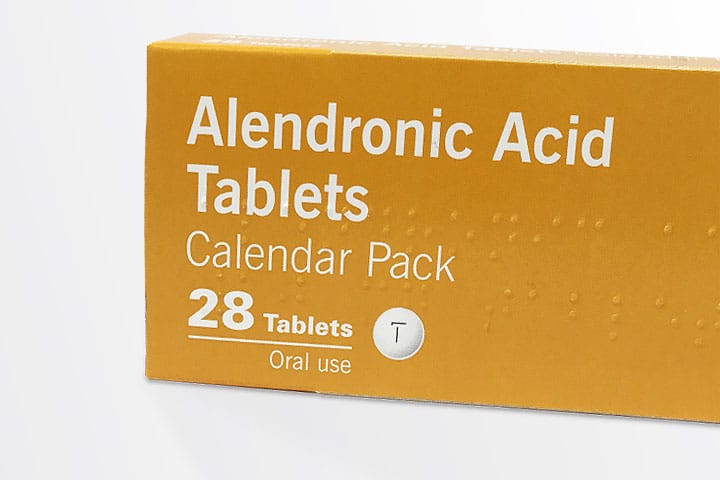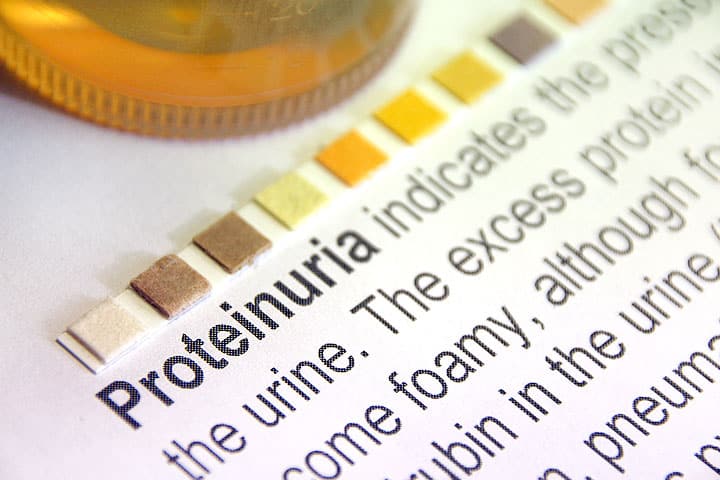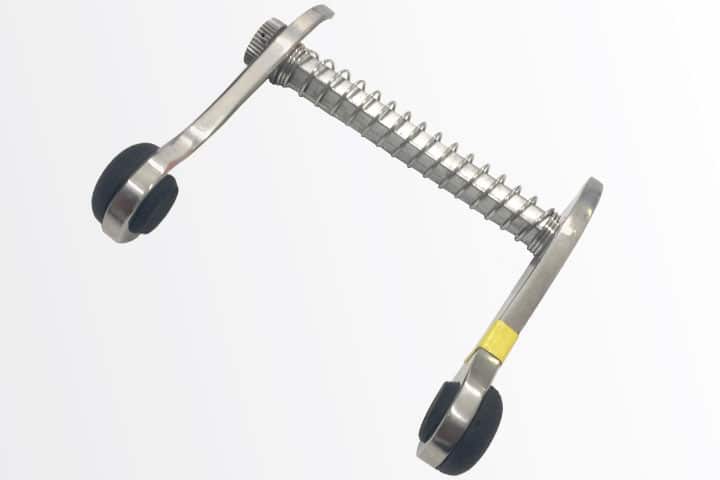Internal Medicine
Tip of the Month – November
Internal Medicine Treatment of ionised hypercalcaemia in cats When to measure blood calcium in cats and why do we worry? Clinical signs of hypercalcaemia include PUPD, weakness, depression, anorexia, vomiting, constipation, muscle twitching and cardiac arrhythmias. Often hypercalcaemia is detected on routine bloods as an incidental finding. The detection of ionised hypercalcaemia should always be…
Read MoreTip of the Month – August
Internal Medicine Proteinuria How do we measure it, and what are the pros and cons of the options? Proteinuria is most commonly assessed using dipsticks, or submitting the sample for a urine protein: creatinine ratio (UPCR). Dipstick tests are cheap, and easy, but unfortunately are prone to inaccuracies. False negative results can occur in Bence-Jones…
Read MoreTip of the Month – March
Internal Medicine/Anaesthesia The use of spring-loaded mouth gags in cats Rarely, blindness can be seen following anaesthesia, in previously seemingly-healthy cats. Blindness can be caused by ocular or central nervous system (CNS) abnormalities. Post-anaesthetic blindness is most commonly due to CNS disorders, and an ophthalmological exam would be expected to be unremarkable. While many CNS…
Read MoreTip of the Month – February
Internal Medicine Cobalamin Supplementation Hypocobalaminemia is regularly seen in canine and feline small intestinal disease and exocrine pancreatic insufficiency (EPI). Despite other therapy, gastrointestinal symptoms may fail to resolve if low cobalamin levels are not corrected. Historically supplementation has been recommended by SC injections, as oral supplementation was suspected to be ineffective. However, oral supplementation has…
Read More


